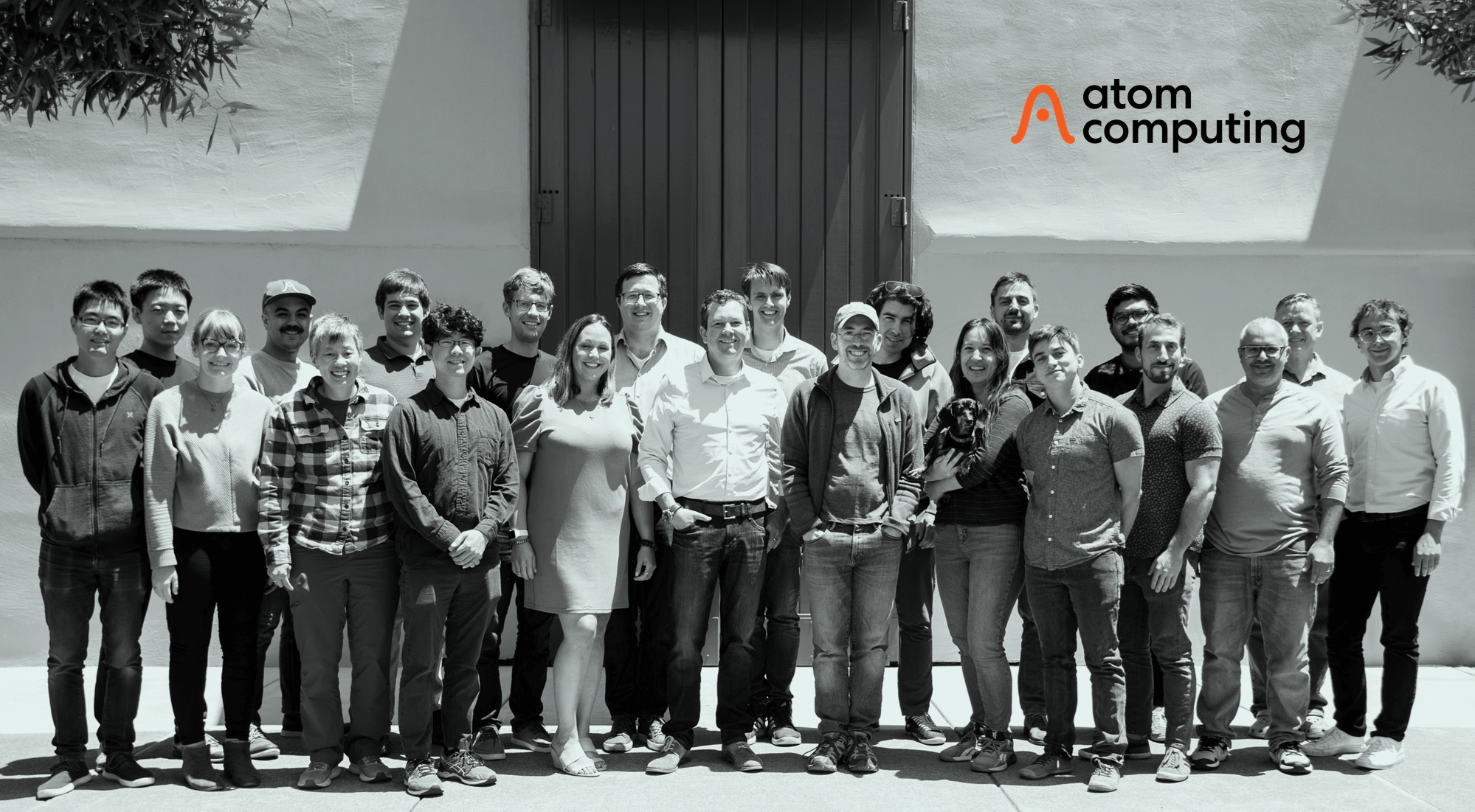
Rob Hays, CEO, Atom Computing
Last week, quantum computing industry insiders were talking about and debating the current state of the technologies, system requirements for various algorithms, and when quantum advantage will be achieved. This flurry of discussion was stirred up by a report from short-selling activists at Scorpion Capital calling into question “Is quantum computing real?” While sensational in many respects, the report raises important questions about whether quantum computing systems actually exist, how useful are they in solving computation problems, and what is hype vs. reality. These questions compelled me to share my observations on where the technology stands today and how hard-working scientists and engineers are blazing the path to commercial value at scale.
At a conference hosted by MIT in May 1981, the Nobel Prize-winning physicist, Richard Feynman, urged the world to build what he called a quantum computer, stating “If you want to make a simulation of nature, you’d better make it quantum mechanical.” He laid down a grand challenge for scientists to develop a quantum computer. 40 years later, we have working, albeit small, quantum computers, and quantum computing development is accelerating around the globe. In fact, the Quantum Computing Report is tracking over 144 companies and institutions developing at least 9 different quantum computing architectures.
Today, users can program and run quantum circuits using a standard gate set supported by multiple hardware providers using popular software developer kits from multiple software providers. For decades, hardware providers have been building better qubits, eliminating noise to improve fidelities, extending coherence times, and improving gate speeds. This is the daily toil of quantum engineers, continuously improving their craft. However, the technology is still in its infancy. Today’s quantum computers have dozens to a few hundred qubits. That’s large enough for researchers and users to do early pathfinding for quantum algorithms and gain valuable experience in programming the systems but not large enough for meaningful commercial value. It’s estimated that we need thousands to a million+ qubits to yield error-corrected systems that can run a broad range of commercial applications.
Building reliable quantum computers with a million+ qubits along with the software and algorithms to provide valuable computation is the hard work ahead of us. The quest for large-scale quantum computers is what drives us at Atom Computing. Our sole focus is on building quantum computers that scale as quickly as possible using neutral atoms. Other prevalent quantum computing architectures, namely superconductors and trapped ions, have helped to advance the industry by proving that systems could be built with quality qubits, but so far this has only been achieved at small numbers of qubits.
The neutral atom approach uses optical tweezers to hold an array of atoms in a palm-sized vacuum chamber. Alkaline earth element atoms are trapped and cooled by lasers and then arranged a few microns apart from each other. They are made into qubits by precisely controlling the spin of each atom’s nucleus and entanglement between their electron clouds using pulses of light. The atoms are so close to each other that millions of them can feasibly be held in the same small vacuum chamber without significant growth of the overall system footprint. Experiments have demonstrated that more qubits can be packed into the chamber by arranging atoms in three dimensions and that a 3D arrangement has advantages for error correction. It’s straightforward to imagine a 3D array of 100 x 100 x 100 = 1 million qubits. At four microns apart, a million qubits would be controlled wirelessly by lasers in a volumetric space of less than 1/10th of a cubic millimeter. Building powerful quantum computers requires scientific know-how and a lot of engineering effort across multiple disciplines. This takes time and we are making steady progress toward our goal.
As progress is made, it’s important to recognize where the industry is on this journey and for achievements to be realistically represented in appropriate context. At Atom Computing, we believe that honesty and transparency are critical to the success of our company, our partners, and the quantum industry at large. You can count on us to do what we say.
If you want to hear more about my perspectives on the quantum computing industry and Atom Computing’s progress, watch my Insider Podcast discussion with tech industry analyst, Pat Moorhead, and/or join me at Inside Quantum Technology in San Diego where I will give a keynote presentation on May 12. We hope you will continue to follow us as we rise to meet the challenge of building large-scale quantum systems and that you see the promise of neutral atom technology to deliver on Richard Feynman’s quantum computing vision.